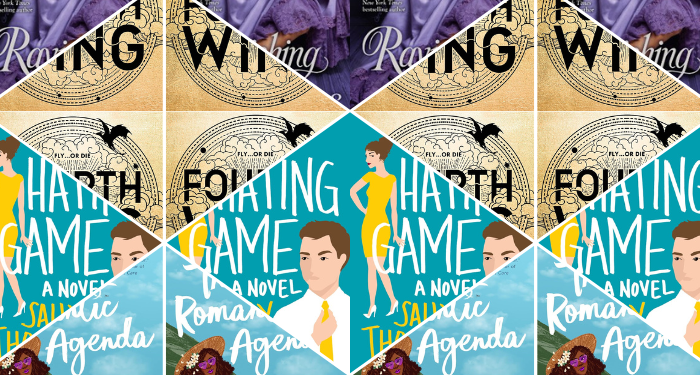Romance is a polarizing genre. Like much genre fiction, romance is a love-it-or-hate-it kind of deal. Romance lovers will fight to defend the genre until they are out of breath, and for good reason. It is often not taken seriously as literature. People who hate romance trivialize it as predictable (as if a literary fiction novel ending tragically isn’t predictable), dismiss it as unserious (as if celebrating joy, love, and pleasure aren’t worthwhile pursuits), and belittle it as filth (as if sex is something dirty or shameful). The age-old argument of happy endings not being literature rages on, along with the idea that ending a book with hope is somehow less realistic than ending it with despair. There’s also the classic misogyny factor of people hating romance because it is written primarily by women for women.
Before we get started looking at the most polarizing romance novels, let’s get a few well-known, buzzy titles out of the way. These books are associated with romance and often do great things for the genre, but they aren’t technically romances. I’m talking about the big three: The Notebook, Twilight, and 50 Shades of Grey. These are absolutely love stories, and some of them are extremely romantic. But they aren’t technically romances. A romance is identified by having love as the central plot between two or more characters and a hopeful ending, whether that’s happily ever after or happily for now. None of these three have a happy ending. So let’s get to some books that do, and what makes them so controversial.
The Most Polarizing Romance Novels
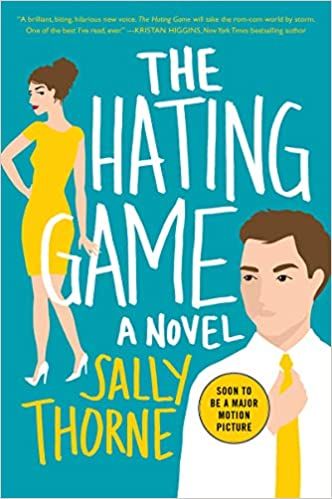
The Hating Game by Sally Thorne
This book came out to big acclaim, named as one of the top 20 romances of 2016 by The Washington Post and a top ten finalist in the Goodreads Choice Awards, but the buzz was all over the place. Many readers loved the enemies-to-lovers, workplace romance between colleagues competing for a promotion. They swooned over the sickbed scene and how the hero painted his room to honor the heroine. But the haters said this book was toxic and perpetuated the “him pulling your pigtails means he likes you” myth. Then, when the book was made into a movie in 2021, the surge of praise and attacks crested again.

The Heart Principle by Helen Hoang
The third in Hoang’s Kiss Quotient series, The Heart Principle divided readers. It stars autistic violinist Anna Sun. Many people thought that Anna was an extremely unlikeable heroine and that what she did to the other main character, Quan, was inexcusable. Throughout the book, Anna suffers from burnout and a downward spiral in her mental health. Some readers connected to that on a visceral level, while others objected to the depiction.
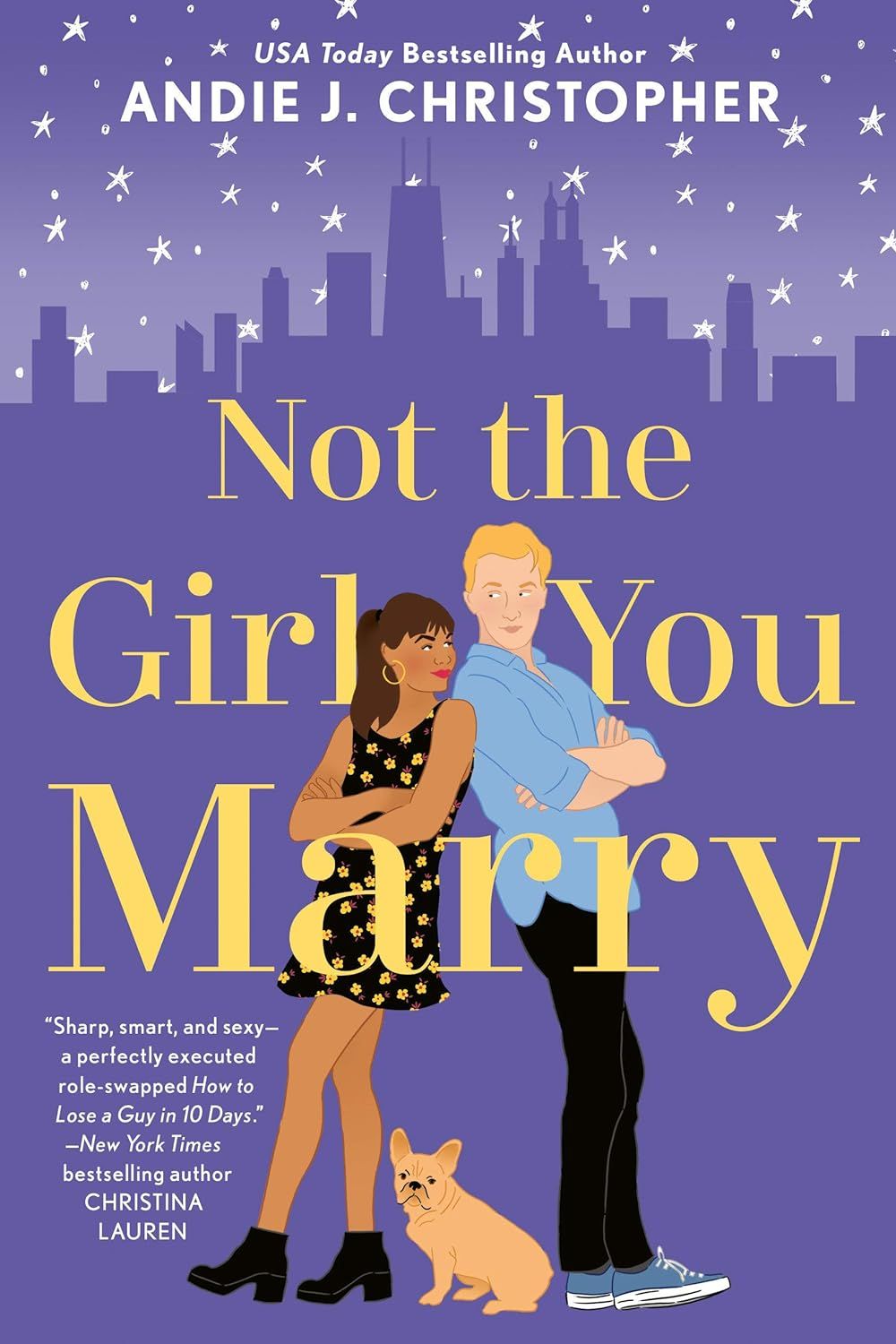
Not the Girl You Marry by Andie J. Christopher
Speaking of unlikeable heroines, Andie J. Christopher is the queen of writing them. While defenders of Christopher’s work call her heroines tough and no-nonsense, critics think her female main characters take things too far. Not the Girl You Marry is a retelling of the popular 2003 film How to Lose a Guy in 10 Days, with the roles reversed. Jack Nolan is the warmhearted journalist trying to “lose” a girl, and Hannah Mayfield is a cutthroat event planner trying to climb the career ladder who thinks a boyfriend might help her chances at promotion. Even though one of the tenets of romance is that everyone deserves a happy ending, a whole lot of readers don’t think that Hannah deserved hers. She is unapologetically herself and doesn’t care that her image isn’t squeaky clean.
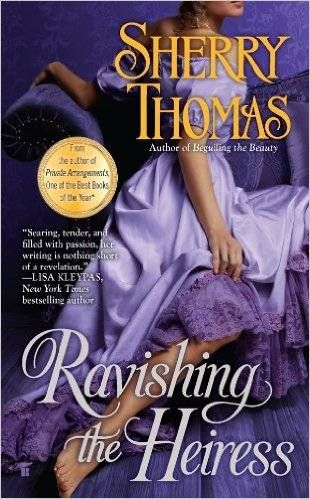
Ravishing the Heiress by Sherry Thomas
Another surefire way to polarize romance readers is by including a main character who cheats. Many readers won’t even pick up a book that has cheating in it. In this classic historical setup, Millicent is a wealthy unwed girl trying to secure a title, and Fitzhugh is the impoverished Earl. They marry while Millie is young and agree to make a pact to secure an heir eight years after they marry. The problem is that Millie falls head over heels for her husband, who is now her best friend. Fitzhugh doesn’t reciprocate her feelings and continues to do what rich noblemen are wont to do: sleep with whoever he wants.
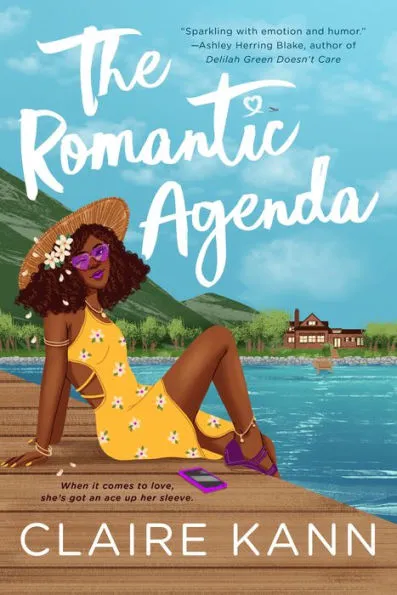
The Romantic Agenda by Claire Kann
Bordering on the hated cheating trope, one of Kann’s main characters spends over half the book in love with the person she doesn’t end up with. Joy is asexual and in love with her best friend, Malcolm, who doesn’t feel the same way. When he invites her to join him, his new girlfriend, and her ex-boyfriend for a weekend away, she’s too much of a sucker to tell Malcolm no. The ex and Joy agree to fake date to make Malcolm jealous, but they end up falling for each other instead. Readers complained that it took too long for the main focus of the story to shift from one love interest to the other, but fans thought it was well worth the wait.
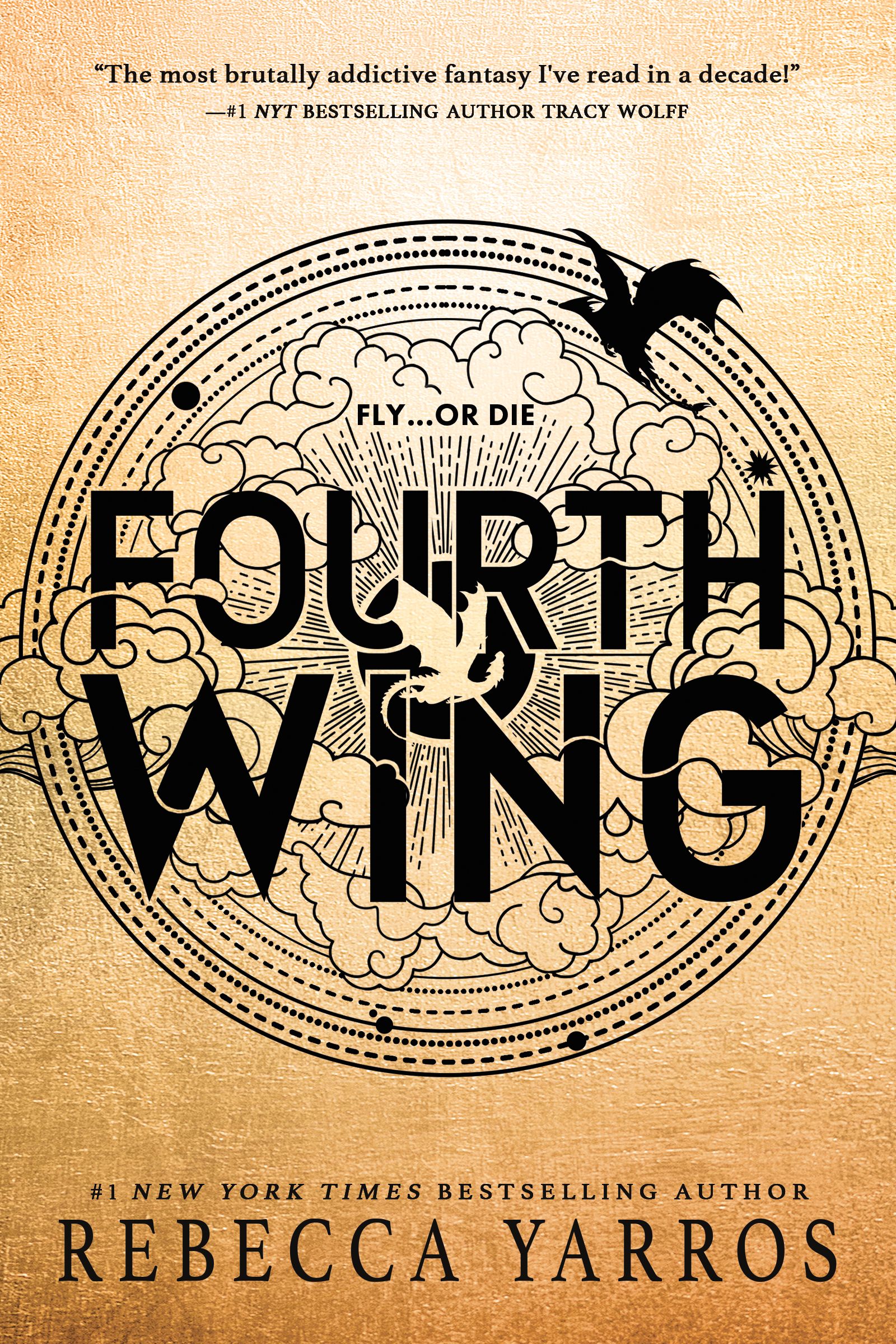
Fourth Wing by Rebecca Yarros
Since romance has so many subgenres, when a book toes the line between which genre is the primary one, it’s often criticized as being too much of one and not enough of the other. Fourth Wing is a romantasy that isn’t love-focused enough for many romance readers but is too love-focused for fantasy readers. It’s hugely popular on TikTok and bestseller lists. As of the time of writing, it has been on the NYT hardcover bestseller list for 43 weeks. More than that, it was also criticized for reading too much like a YA, but with a spice level inappropriate for teen readers — even though the main character is 20 and it was not released as a young adult title.
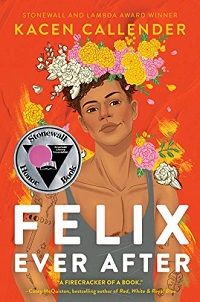
Felix Ever After by Kacen Callender
Felix Love is a Black, queer, transgender boy who wants desperately to fall in love. While this is a young adult title, some of the themes are heavy, and readers disparaged the exposing of some of the main character’s pre-transition photos and deadname, as well as the other transphobia that Felix faces. Then, once Felix decides to get revenge on his bully, he falls into a love triangle, another hated trope among romance readers. (Personally, I think love triangles only work in YA). Overall, the story is stunning and hopeful, creating a loyal fanbase.

The Love Hypothesis by Ali Hazelwood
The power dynamics in Ali Hazelwood’s debut polarized readers. In this story, Ph.D. candidate Olive Smith falls in love with Dr. Adam Carlsen, a tenured professor. Academics said that this story was unrealistic, juvenile, and a poor representation of women in STEM. Then, throughout the book, Olive is harassed by other people in her workplace. More than that, the book opens with Olive kissing a man of unknown identity without his consent. On the other hand, people argue that this does show women in STEM getting their happily ever after, and Hazelwood’s “STEMinist” romances have continued to be bestsellers.
